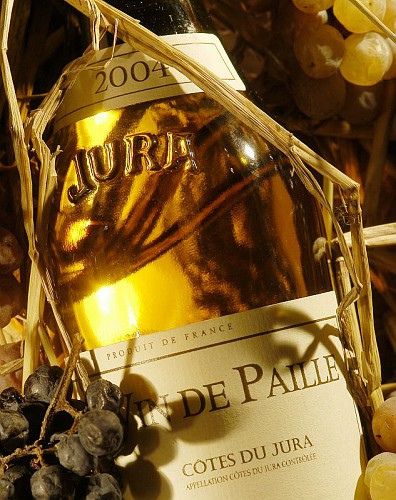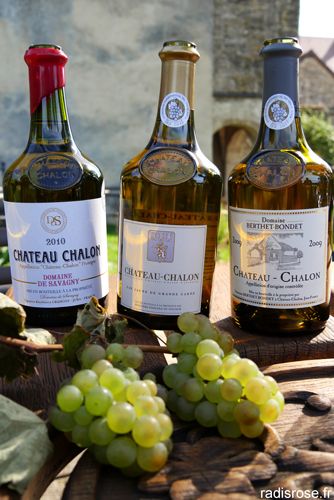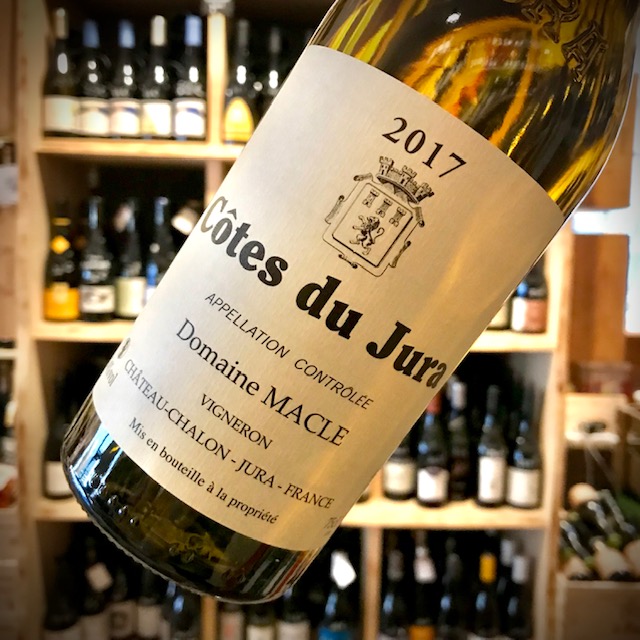Jura wines
The Jura vineyards: an exceptional terroir in Franche-Comté
In winter, the Jura transforms into a true snowy paradise, offering a multitude of Nordic activities for all levels. Whether you’re a cross-country skiing enthusiast, a thrill-seeker, or looking for an authentic winter experience in the great outdoors, the region will satisfy all your desires.
A unique terroir combining altitude and favorable climate
Stretching between 200 and 450 meters above sea level, the Jura vineyards enjoy a privileged location, with slopes carefully exposed to maximize sunshine and make the most of the limestone and marl soils. This bountiful nature, coupled with a continental climate with varied influences, allows for the production of authentic wines, renowned for their unique aromas and unparalleled character.
Ancestral expertise serving the great wines of the Jura
If the Jura is renowned for its wines with subtle and intense notes, it is thanks to the ancestral know-how of Jura winemakers. For generations, they have perfected their art, adapting to the climatic conditions and the unique terrain of the Revermont to produce exceptional wines.
By staying at our gîte in the heart of the Jura, you will have the opportunity to discover this unique winemaking heritage, taste local wines such as Vin Jaune, Vin de Paille, and Crémant du Jura, and explore the vineyard roads for an authentic immersion in this unspoiled region.
Book your stay now and immerse yourself in the fascinating world of Jura wines!
The Jura produces wines from five grape varieties, including Savagnin, the grape variety used for yellow wines and white wines; Chardonnay, the grape variety used for fine white wines; Poulsard or Ploussard, a red grape variety with white juice, producing lightly colored and aromatic red wines; Trousseau, a red grape variety with white juice, but the red wines are more tannin-rich; and Pinot Noir, a red grape variety with white juice, is used as a complement to red and sparkling wines. The following wines are produced in the Jura:
Red Wines:
Made from a single grape variety or a blend of three red grape varieties: Poulsard, Trousseau, and Pinot Noir. This wine is characterized by aromas of walnut, apple, candied fruit, and spices, and its fairly long aftertaste. It is very rich and powerful, evident in its golden yellow color, reflecting its distinctive Jura character. Fruity, pleasant, lightly colored wines, with an onion-skin hue, and a rich, aromatic character, with the Poulsard grape variety.
Colorful, with intense, tannic aromas and ageing potential, with the Trousseau grape variety.
Rosé wines:
Often made from the Poulsard grape variety. They are full-bodied and fruity, light in color with aromas of red fruit. Indeed, the grapes originate from the Ploussard grape (a typical Jura grape variety). Its very thin seed skins barely color the juice during maceration, even during traditional vinification. This produces a wine that is not rosé. However, true Jura rosés, which are made from the same grape variety, are those that have undergone a much shorter maceration time to produce the result of saignée rosé or summer rosés.
White wines:
These wines are made from Chardonnay, or by blending Chardonnay and Savagnin.
– Dry and fruity wines for Chardonnay wines.
– Dry and distinctive wines (nutty flavor) for Savagnin wines. – Blended wines of Chardonnay and Savagnin are dry, fruity, often with mineral and “flint” aromas.
Rosé and white sparkling wines, brut, and distinctive:
These are the Crémants du Jura. They are made from various Jura grape varieties using the Champagne method or the traditional method, using Chardonnay, Poulsard, and Pinot Noir.
Vins jaunes:
Specially from the Jura region, grapes are harvested at optimal ripeness, and wines are vinified as white wines from the Savagnin grape variety. Slow fermentation in vats until spring, then the wine is transferred to 228-liter oak barrels, impregnated with old vins jaunes (yellow wine barrels), which are not completely filled to allow a layer of yeast to develop on the surface of the wine. These yeasts cause a very slow oxidation process that gives the wine its distinctive flavor: “the taste of yellow.” The wine is aged for at least 6 years, without racking or topping up, in barrels before bottling. – Golden yellow color, nutty flavor, long aftertaste. Vin jaune is served at room temperature at 16°C. It can be kept indefinitely, even once the bottle is opened.
Straw Wines:
Specially from the Jura region, this sweet natural wine is made from Chardonnay, Poulsard, Trousseau, and Savagnin grapes, harvested late. The grapes are placed on small perforated crates or on racks, formerly made of straw (hence the name), or hung on wire for at least six weeks in dry, ventilated but unheated buildings to allow them to dry out and achieve a high sugar concentration. Slow pressing of the dried grapes, with a very low juice yield, produces musts very rich in sugar. Slow fermentation lasts for one year. The wine is then aged for three years, including 18 months, in oak barrels before being bottled. It is sold in 37.5 cl bottles. Long shelf life: 50 years and more.
Macvin du Jura:
A Jura specialty, this liqueur wine is made by blending grape must with wine brandy or Marc du Jura – the only liqueur wine produced from marc brandy and recognized in France as a controlled designation of origin.
The “Macvin du Jura” liqueur wine has an amber color, and aromas of marc, orange peel, quince, candied fruit, prune, and raisins are evident on the nose. The wines are pleasant and smooth on the palate.
Appellations d’Origine Contrôlée (AOC)
Dans le Jura, on compte sept appellations spécifiques, dont quatre appellations géographiques et trois appellations de produits :
Parmi les quatre appellations d’origine contrôlée (AOC), on trouve : Côtes du Jura, Arbois, Étoile et Château-Chalon ; et les trois AOC produites sont le Crémant du Jura, le Marc du Jura et le Macvin du Jura. À titre indicatif, Château-Chalon produit uniquement des vins jaunes et Étoile uniquement des vins blancs secs, des vins jaunes et des vins de paille.





